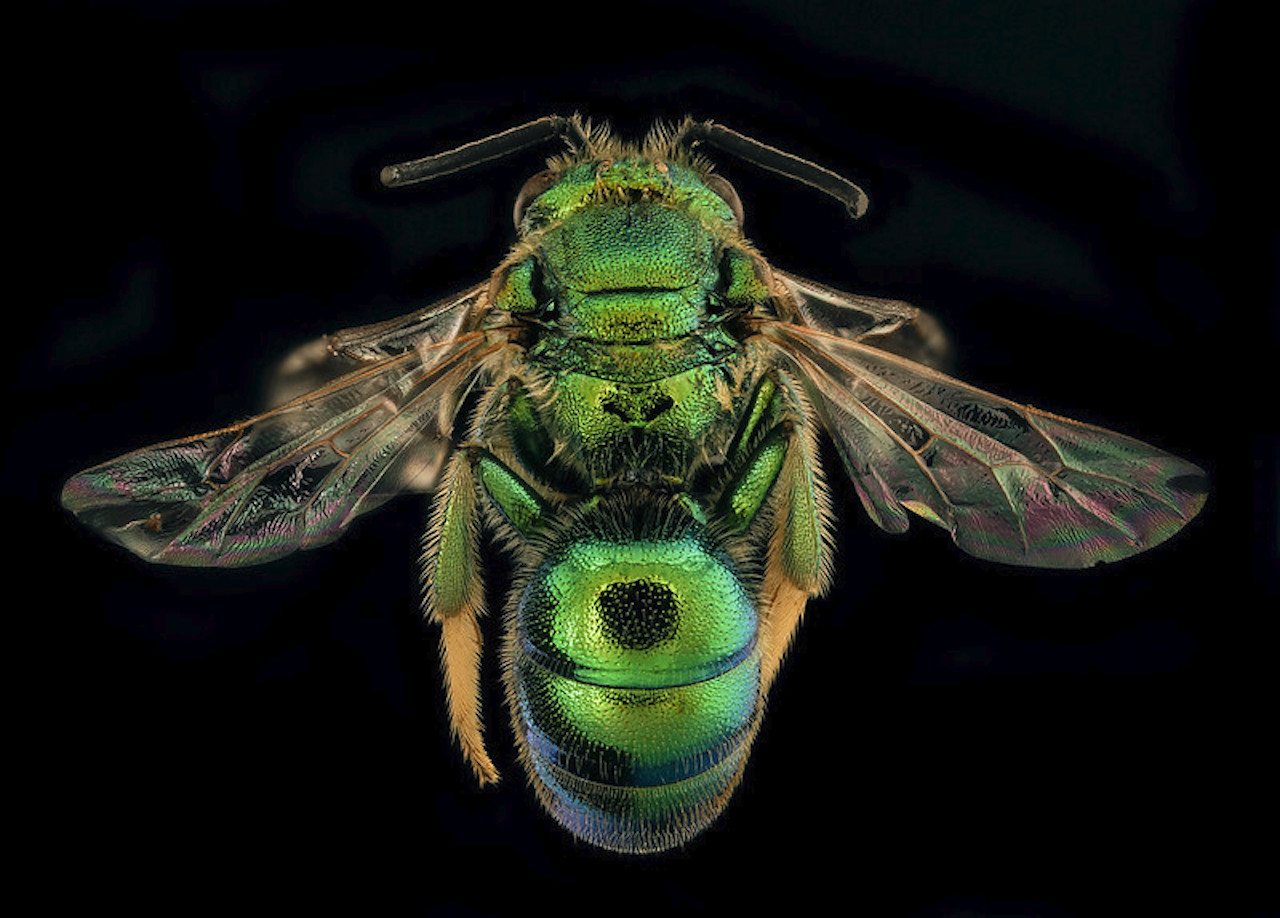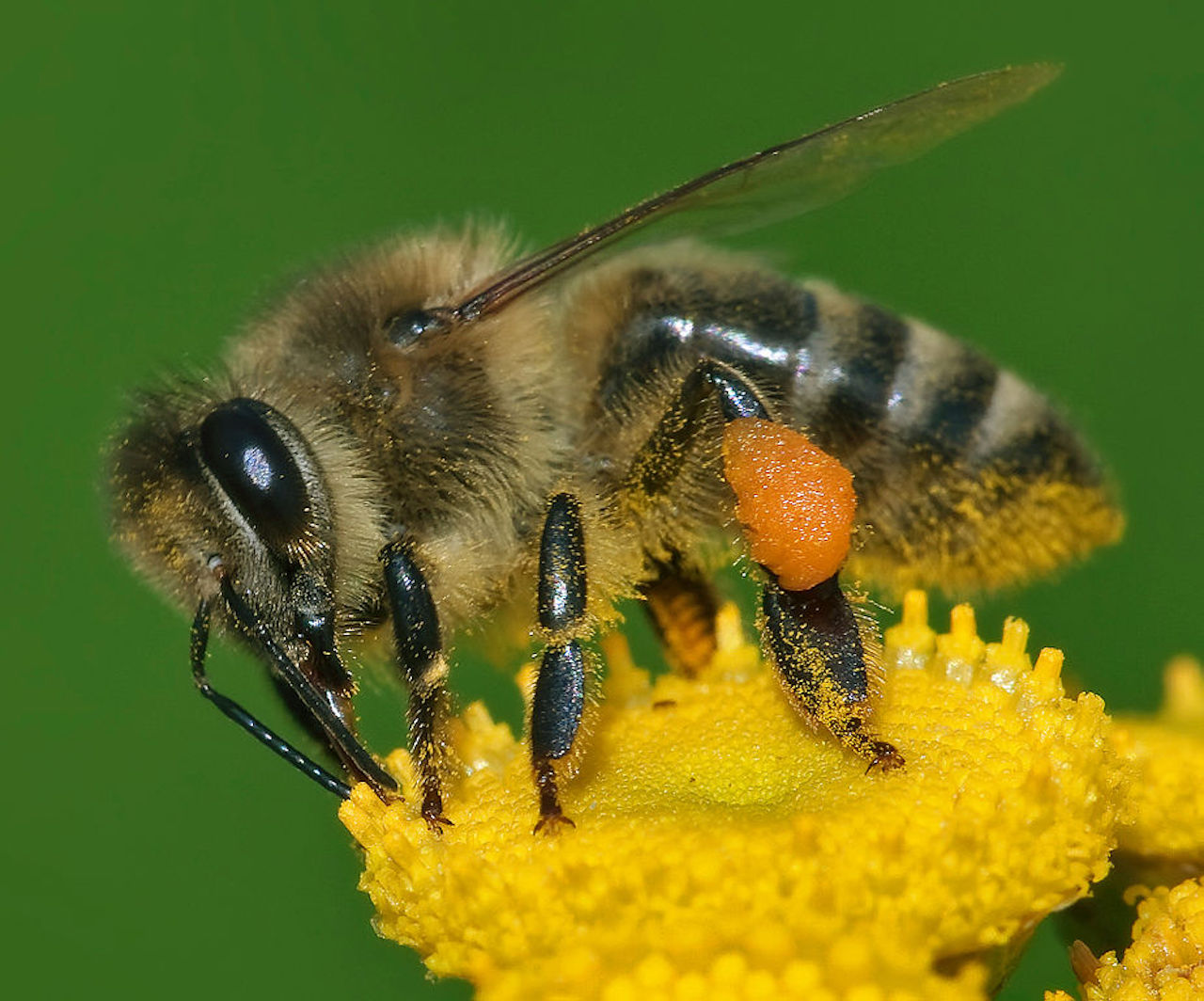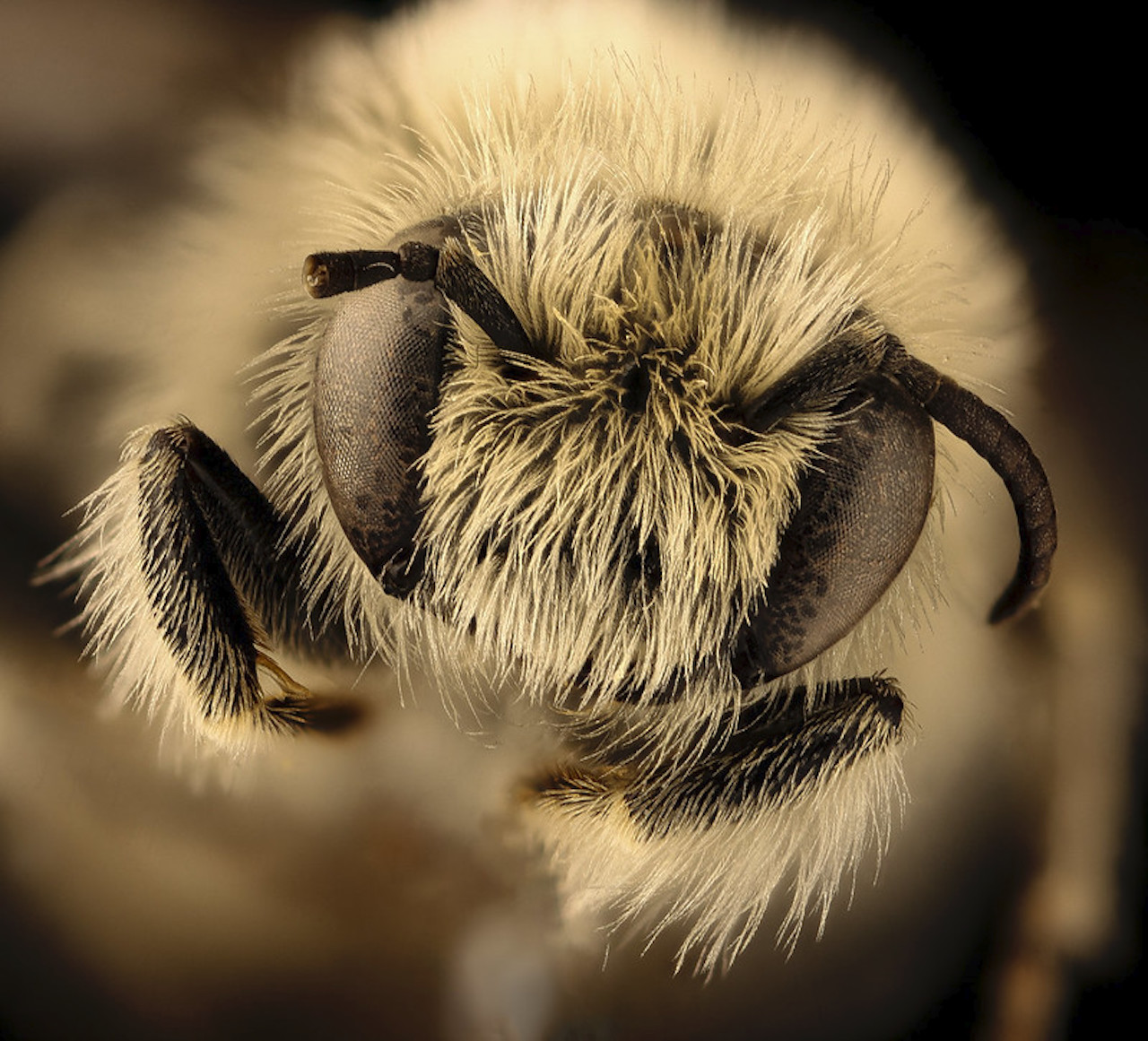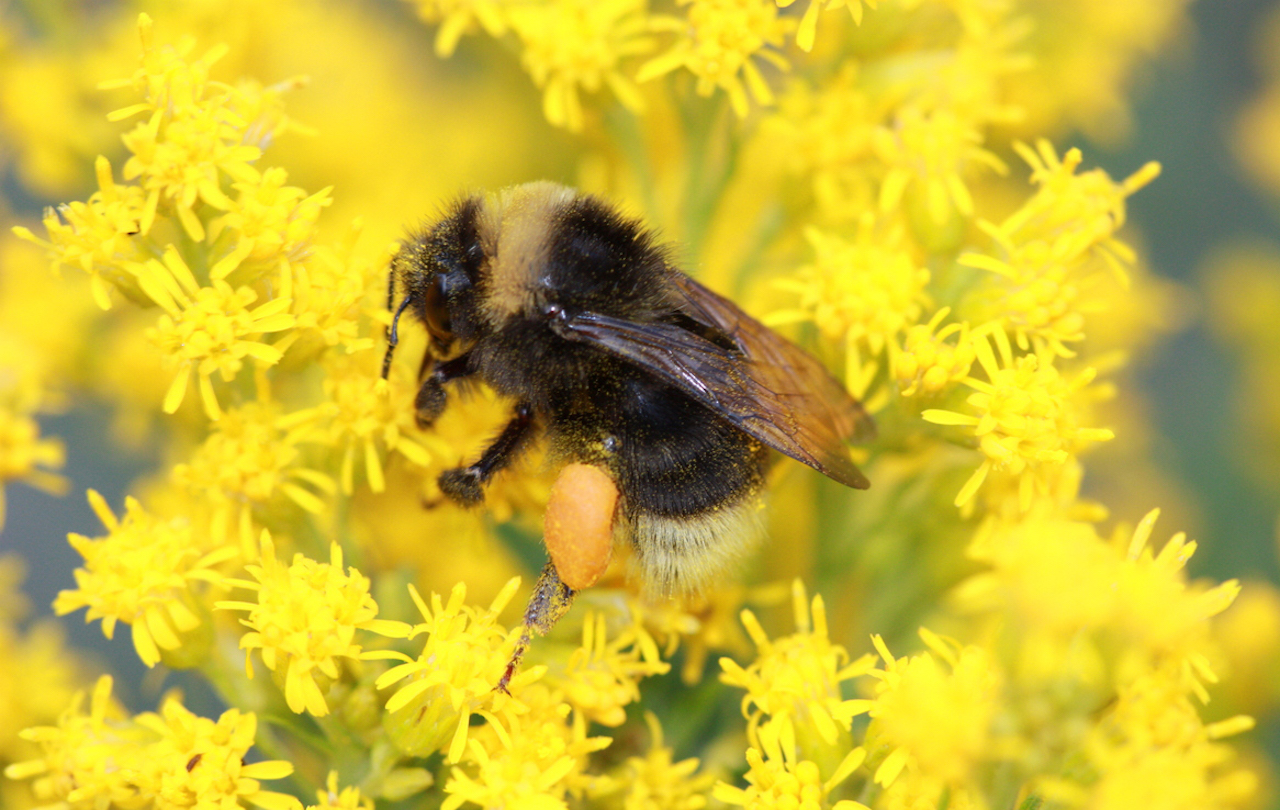Beenome100: A Unique Way to Conserve Bees Through Genetic Mapping
One-of-a-kind library containing all the genetic information about specific bee species to identify highly vulnerable ones to climatic change

Image: USGS Bee Inventory and Monitoring Lab
Bees are important pollinators for crops and plants humans depend on for food. But due to drastic climate changes over time, these crucial pollinators are decreasing in number. With the decreasing numbers, there would soon be no natural crop pollination and the crop yield will also decrease. Therefore, it is vital to conserve bees to rescue the pollination process of plants.
The United States is home to over 4,000 native and 55 non-native bee species, including jewel-toned metallic bees and lumbering bumblebees. To protect these native and non-native bee species, scientists are now planning for genetic mapping of at least 100 bee species. With the mapping of genomes, the researchers will identify the major bee taxonomic groups in the U.S.

Image: Andreas Trepte
Thanks to this project, researchers can find out what genetic differences make certain bee species highly vulnerable to climate change. They can also determine whether or not bee species are susceptible to pesticides.
The Beenome100 project is a one-of-a-kind library containing all the genetic information about various bees through genome mapping led by the Agricultural Research Service (ARS) of the U.S. Department of Agriculture. It will form a digital repository of all the genes found in 100 bee species. Due to this genetic map, researchers can link certain genes to specific bee functions. Meanwhile, scientists have to be careful while collecting endangered species so that the bees are not hurt during the process.
According to Michael Branstetter, an entomologist with the ARS Pollinating Insect-Biology, Management, Systematics Research Unit in Logan, Utah, the documented bee genome may enable flowers to swab for the DNA of bees that visited the flowers. This collected information could help in the non-destructive monitoring of species.

Image: USGS Bee Inventory and Monitoring Lab
Understanding which bee species are vulnerable to climate change is urgent to conserve the bee and the environment. A study published in Biology Letters mentioned that 46 U.S. bumblebee species are facing the negative impact of temperature change over the last 120 years. Therefore, there has been a major decline in their population. Due to the increasing temperature conditions, there are also adverse effects on floral resources, precipitation, and other examined factors.
Since bumblebees are one of the vital pollinators in nature, we need to develop advanced strategies to conserve bees and protect them against future climate change impacts, according to the lead author Hanna Jackson, a master’s student at Simon Fraser University, Canada.

Image: Rich Hatfield/Xerces Society
As per the Xerces Society – an organization that advocates the conservation of invertebrate species – those who want to conserve bees must cultivate small patches of the garden for pollinators. After all, bees and other insects require nesting areas, like dead wood, patches of bare soil, brush piles, and hollow stems. With some habitat diversity in a garden, people can contribute a small bit to conserving bees.
It is also vital to avoid the use of pesticides in gardens to help local bee populations survive. Finally, consider planting pollinator-friendly, native plants to give proper nourishment to bees and other insects. With such measures, it would be possible to protect bees and other pollinator insects to further preserve nature.
Via: Mongabay


